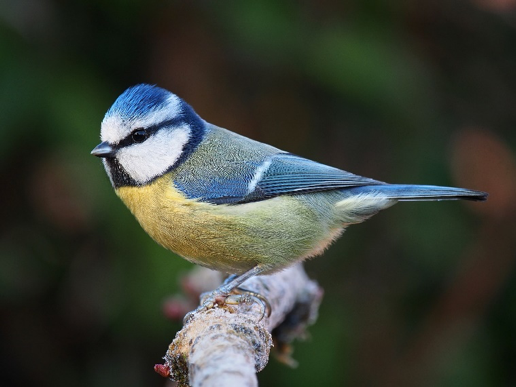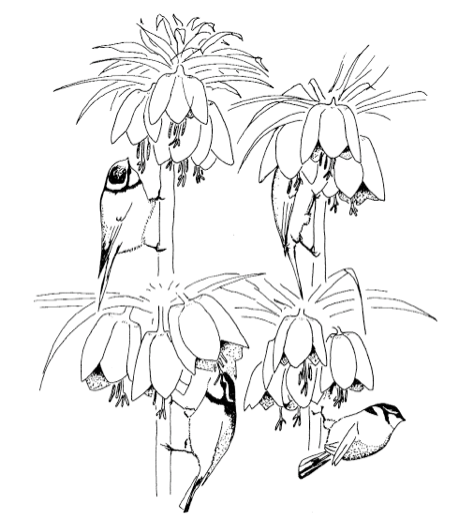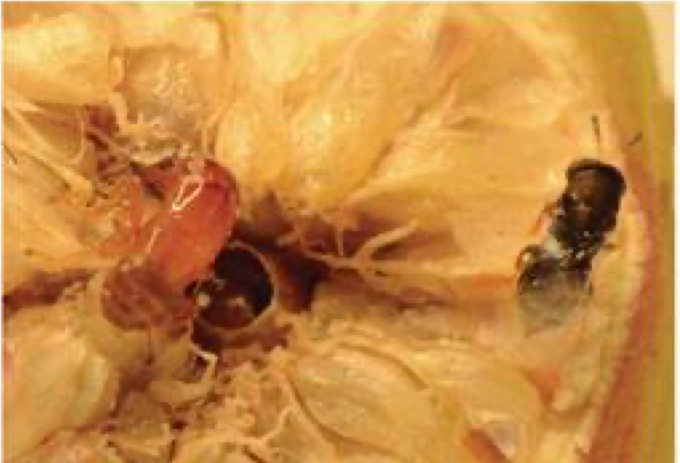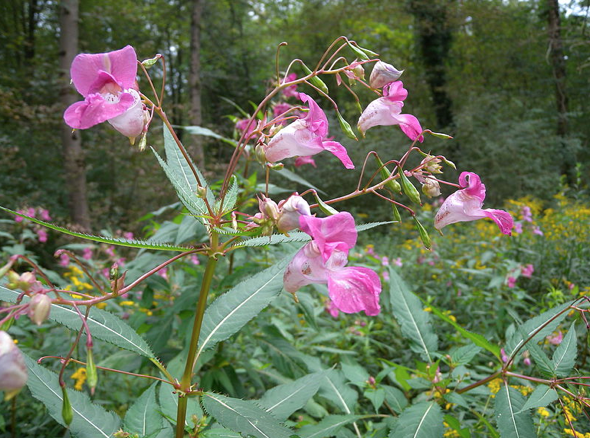By Athayde Tonhasca
Between 150 and 200 million years ago, some ancestors of today’s wasps (order Hymenoptera) experienced a momentous transformation. The females’ ovipositor – the egg-laying apparatus – evolved into a stinger that produces a cocktail of chemicals capable of paralysing or killing prey and enemies; egg-laying was moved to an opening at the base of the stinger (you can learn details of this evolutionary tale here). By weaponising their ovipositors, those primitive wasps gained a tremendous boost; they could hunt, forage and defend themselves much more efficiently. The venom-injecting lineage flourished, and today comprises over 70,000 species of ants, bees, and stinging wasps known collectively as the Aculeata (derived from the Latin aculeus, meaning barb, thorn). Some of the most successful organisms on Earth are aculates; ants are the main movers and shakers in almost every terrestrial ecosystem (Hölldobler & Wilson, 1990), while bees are the most important pollinators of flowering plants.

Many people’s attitude towards honey bees (Apis spp.) and social wasps such as hornets (Vespa spp.) is of wariness, if not downright hostility, because of their stingers. But these weapons, despite being unpleasantly effective and potentially dangerous to people and animals, are rarely deployed when bees and wasps are flying about. Most stings happen when these insects are handled, or unintentionally squeezed or trapped. Otherwise, they carry on with their busy lives, ignoring us.

The mood changes, though, when they feel their homes are being threatened by a raider. The nest is their main reason for being: it harbours the reproductive queens, their young, and food stores. If its walls are breached, in no time the nest would be overcome by parasites, predators and usurpers, and that would be the colony’s demise. So bees and wasps rely on their stingers to fend off enemies, and few wannabe looters can endure the onslaught of hundreds of tiny, poisonous flying daggers.

Despite its efficacy as a defensive mechanism, the stinger is used sparingly. Animal venoms are protein-rich, complex chemical mixtures and therefore metabolically expensive. So bees, wasps and other aculeates can’t afford to go stinging willy-nilly. Some bees reduce the need to sting by making their homes hard to find. You may watch bumble bees (Bombusspp.) time after time in a garden or local park and never find their nests. Other bees use the same tactic of discreet living for protection.

Possessing a stinger sounds like an essential feature for social bees, but a whole group of them do without one: the stingless bees, or meliponines (tribe Meliponini). Stingless bees comprise over 600 species spread around tropical and subtropical regions of the world, but mostly in South America. They have vestigial stingers, so are unable to sting. You may think the lack of a functional stinger makes them defenceless and vulnerable: you would be wrong.
Some species resort to simplified but no less effective stinger substitutes. The tataíra (Oxytrigona tataira) from South America and similar species secrete large quantities of highly caustic formic acid from their cephalic glands, which is excruciatingly efficient in discouraging enemies, man or beast. The defensive power of O. tataira, named after the Tupi-Guarani tata (fire) and ire (bee), explains its alternatives epithets of cospe-fogo (fire spitter) and the charming caga-fogo(you will need to look up this one).
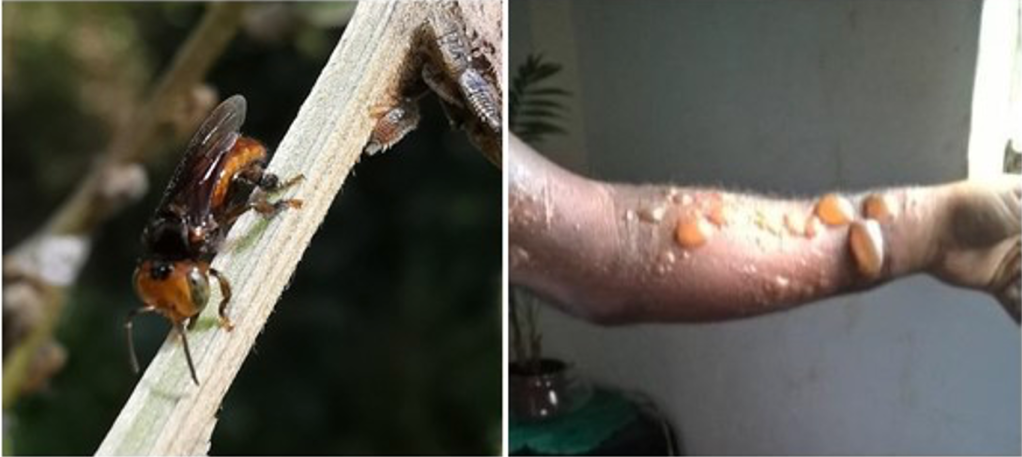
Other stingless bees deploy less hurtful weapons (at least to us). The sugarbag bee (Tetragonula carbonaria), an endemic Australian species, defeats invading small hive beetles (Aethina tumida) by mummifying them alive. This beetle, a serious pests of the European honey bee (A. mellifera) in some countries, adopts a ‘turtle posture’ to protect itself from bites and stings once inside a bee nest. But the beetle is being too clever by half; the sugarbag bee coats and immobilises the invader with a gloopy mixture of resin, wax and mud. This pharaoh’s approach (Greco et al., 2010) is known as social encapsulation, and it’s practiced by other bees.
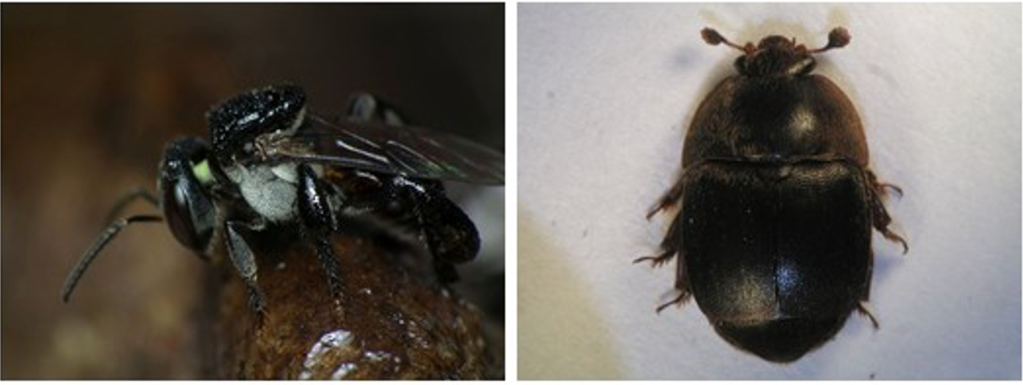
To survive, insects have to defend themselves against the many dangers in the big wide world. They may run or fly away, hide, or escape detection by crypsis (blending in with the surroundings). But for many bees, wasps, ants and other insects that live in colonies, there is no other option but to stand their ground and fight back – which they do superbly with chemical weapons. Even though, some social bees do very well with no stings or venom. Like The Perils of Pauline, to be continued…


